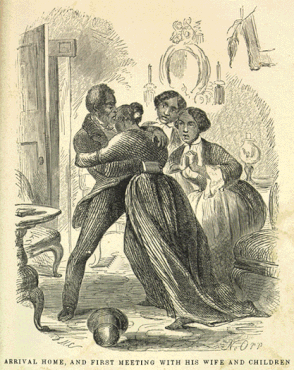The Darker Side of Civil War Service for African American New York Families
By Holly Pinheiro
Prior to the 1960s, most white historians outright ignored the wartime experiences of African American soldiers. Few white historians, including Dudley Cornish, discussed United States Colored Troops regiments, and their analyses took a largely military focus by cataloguing a regiment’s mustering in and out process, military engagements, deaths, and causalities. These white historians opted to avoid any substantive discussion of African American military service. African American historians, conversely, began examining African American soldiers almost immediately following the war and continued long after.
Read More









